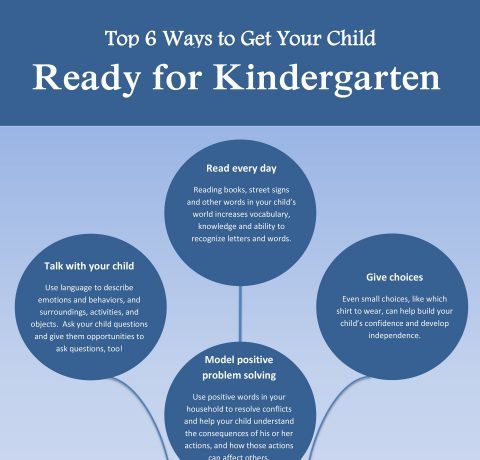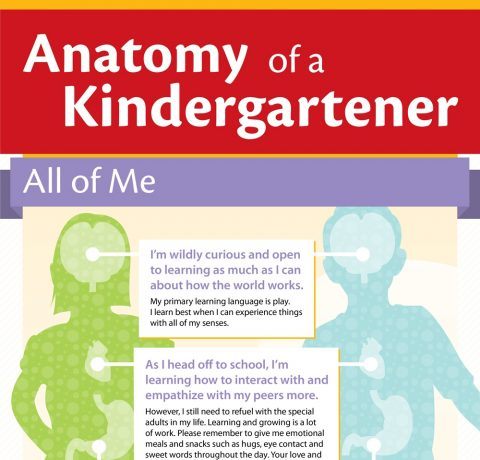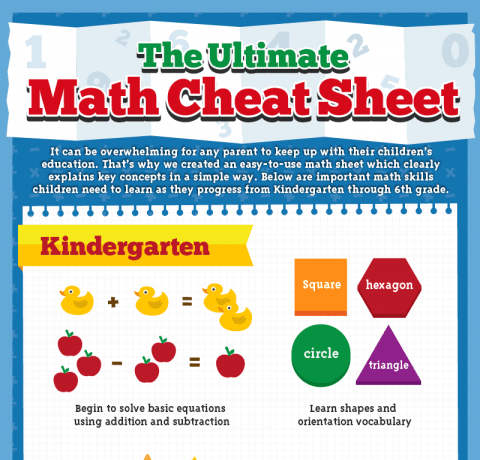Developing Pre-Writing Skills in Early Childhood Infographic
Most research on early writing has focused on lower primary-aged children which means studies on younger children (from 2-5 years) are a little thin. One of the causes of this was the long-held philosophy that very young children would learn what they needed by merely playing within a print-rich environment. However, research has since shown that this is not enough. The print-rich environment is still a great idea, but children also need explicit instruction.
Learning and skill development is a process and usually a long one. According to recent studies the foundations for writing start well before Kindergarten and play a major role in a child’s long-term writing success. The Developing Pre-Writing Skills in Early Childhood Infographic presents what research says about early writing skills and how you can help kids acquiring them!
The Prefrontal Cortex
Getting the brain working in this area sounds like a good idea since it’s responsible for self-regulation and executive functioning (attention, impulse control and working memory).
This has led researchers to suggest that:
- early writing difficulties (if associated with executive functioning) may be an early indicator of broader cognitive concerns
- handwriting, or handwriting readiness, may improve executive functioning
The Building Blocks for Writing Readiness
- Hand and finger strength: Try using play dough, squeezing tweezers and pegs.
- Crossing the midline: Try dance moves where arms and legs cross the body or painting at an easel using only one hand.
- Pencil grasp: If you do a google search you’ll find plenty of videos and suggestions to encourage proper pencil grasp.
- Hand eye coordination: where your eyes and hands work together to accomplish a task such as catching a ball or jumping to touch bubbles that are being blown.
- Bilateral integration: using two hands together where one hand is the lead and the other helps.
- Upper body strength and postural control: A child’s neck and trunk need to be stable to support the other limbs and prevent fatigue.
- Object manipulation: Children need to be able to effectively use their toothbrush, hair brush, crayons, spoon and fork. Encouraging independence will give kids a lot more practice at using their hands with growing efficiency.
- Visual perception: the brain needs to interpret what our eyes see.
- Hand dominance: the development of a preferred hand for most activities such as drawing or cutting.
- Hand division: Try sorting marbles, buttons or small shells into groups by colour or size. This is clearly a precursor to learning to hold a pencil!
- Spacial and temporal vocabulary: words that are often used when children are learning to write letters, such as top, go up to, go down to, around…







You can adjust your cookie preferences here.